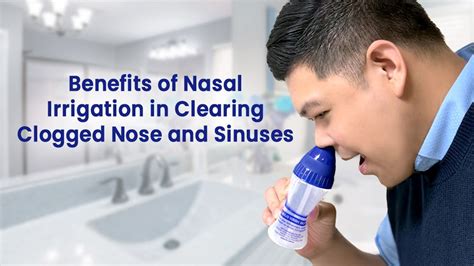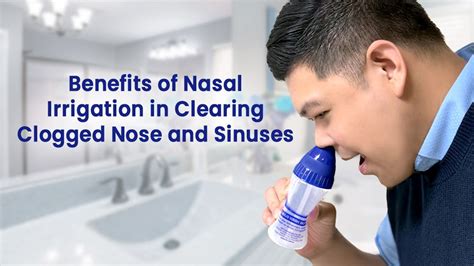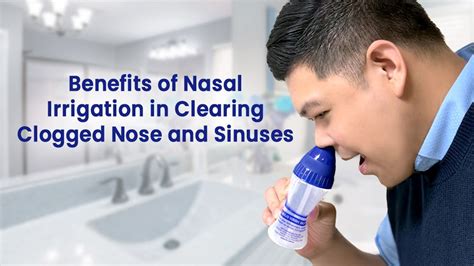Intro
Relieve sinusitis symptoms with nasal washing. Discover 5 tips for effective sinus relief, including saline irrigation, neti pots, and nasal sprays to reduce congestion and promote healthy sinuses.
Sinusitis is a common condition that affects millions of people worldwide, causing congestion, headaches, and discomfort. One of the most effective ways to manage sinusitis is through nasal washing, also known as nasal irrigation. This simple technique involves rinsing the nasal passages with a saline solution to remove debris, reduce inflammation, and promote healing. In this article, we will explore the benefits of nasal washing for sinusitis and provide 5 valuable tips to help you get started.
Nasal washing has been used for centuries in traditional medicine, particularly in Ayurvedic and Chinese practices. The concept is simple: by flushing out the nasal passages with a saline solution, you can remove allergens, bacteria, and other irritants that can exacerbate sinusitis. This technique can be especially helpful during peak allergy seasons or when symptoms are severe. By incorporating nasal washing into your daily routine, you can experience significant relief from sinusitis symptoms and improve your overall quality of life.
The benefits of nasal washing for sinusitis are numerous. Not only can it help alleviate congestion and reduce sinus pressure, but it can also promote drainage, reduce inflammation, and even help prevent future infections. By removing debris and bacteria from the nasal passages, you can create an environment that is less conducive to infection and inflammation. Additionally, nasal washing can be used in conjunction with other treatments, such as antibiotics or decongestants, to enhance their effectiveness.
Introduction to Nasal Washing

Benefits of Nasal Washing

5 Tips for Effective Nasal Washing

Choosing the Right Equipment
When it comes to nasal washing, the right equipment is essential. A neti pot or squeeze bottle is necessary to deliver the saline solution safely and effectively. Look for a device that is specifically designed for nasal washing and follows these guidelines: * Made from a non-toxic, BPA-free material * Designed with a smooth, rounded tip to prevent irritation * Equipped with a built-in filter or mechanism to prevent contamination * Easy to clean and maintainCommon Mistakes to Avoid

Conclusion and Next Steps
In conclusion, nasal washing is a simple and effective technique that can provide significant relief from sinusitis symptoms. By following the 5 tips outlined in this article and avoiding common mistakes, you can get the most out of nasal washing and improve your overall quality of life. Remember to always use a sterile or distilled water, choose the right equipment, and perform nasal washing gently and safely. With regular practice and patience, you can experience the benefits of nasal washing for yourself and say goodbye to sinusitis symptoms for good.What is nasal washing and how does it work?
+Nasal washing, also known as nasal irrigation, involves rinsing the nasal passages with a saline solution to remove debris, reduce inflammation, and promote healing.
What are the benefits of nasal washing for sinusitis?
+The benefits of nasal washing for sinusitis include reducing congestion, promoting drainage, and alleviating sinus pressure. It can also help prevent future infections and improve overall quality of life.
How often should I perform nasal washing?
+Nasal washing can be performed daily, ideally in the morning and evening, to help maintain healthy nasal passages and prevent sinusitis symptoms.
